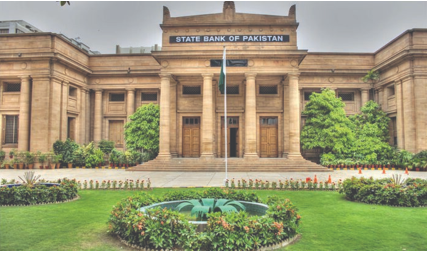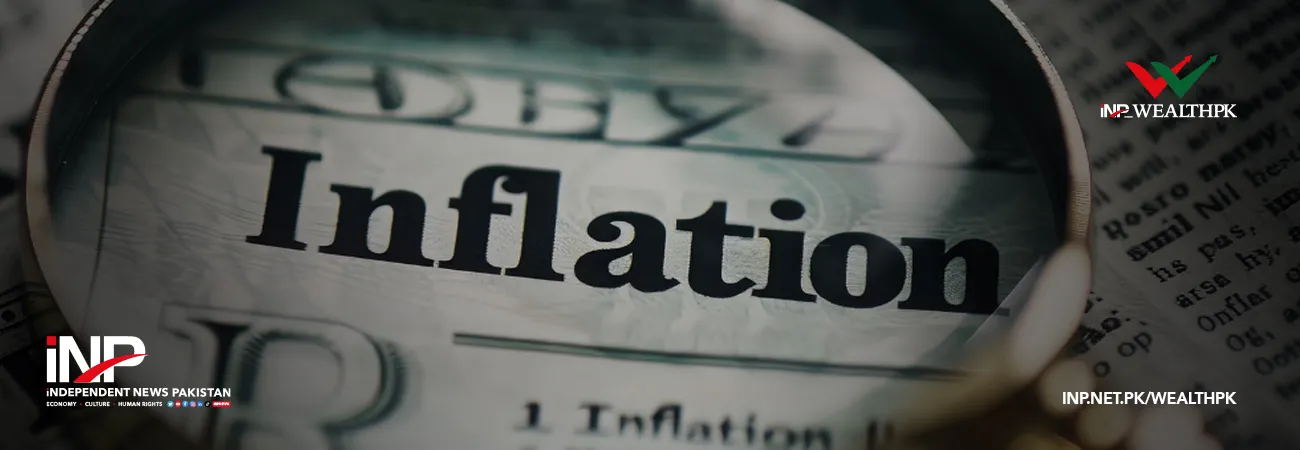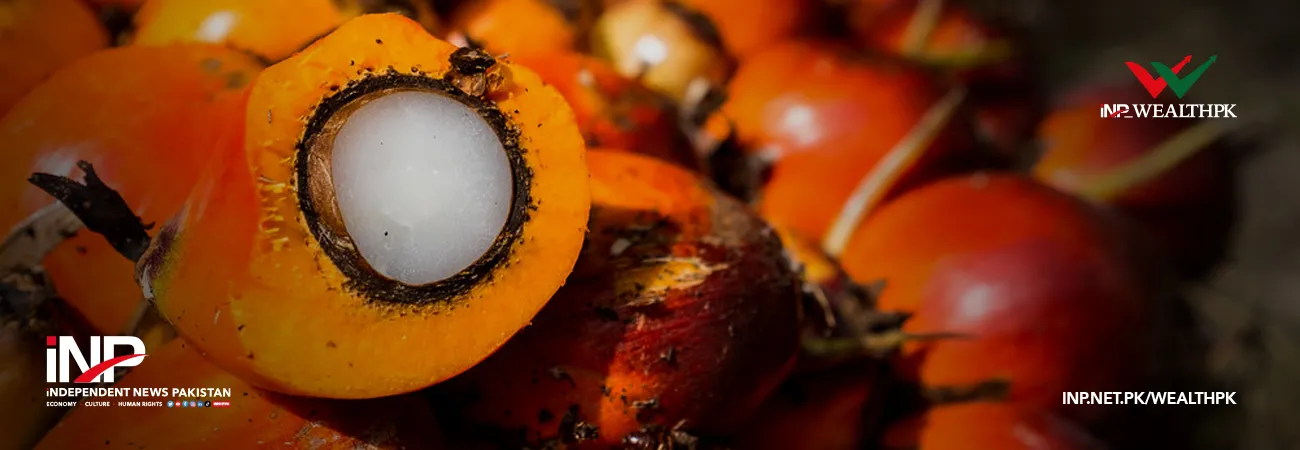آئی این پی ویلتھ پی کے
Moaaz Manzoor
Experts foresee a cautious monetary easing path driven by persistent core inflation and external imbalances, suggesting the State Bank of Pakistan (SBP) will prioritize stability over aggressive rate cuts, reports WealthPK.

The SBP’s decision to cut the policy rate by 100 basis points to 11% — the lowest level since March 2022 — signals a shift in its monetary stance amid easing inflation and improved external indicators. The move follows a significant drop in headline inflation to 0.3% in April 2025, driven by lower food and energy prices and base effects, while core inflation also fell to 8%.
With a cumulative rate cut of 1,100bps since June 2024, the SBP aims to revive economic activity, though it remains wary of global uncertainties and inflationary risks ahead. Speaking with WealthPK, Muhammad Tahir, Equity Investment Analyst at Sherman Securities (Pvt) Ltd., observed that while April’s CPI at 0.3% YoY and core inflation trending downward provide monetary space, the SBP’s decision remains “measured and mindful of external risks.”
He added that the 10MFY25 average inflation of 4.86%, significantly below last year’s 26%, reinforces confidence in the policy stance. Meanwhile, GDP growth of 1.7% in Q2 and a March current account surplus of $1.2 billion signal improving fundamentals. “Real interest rates remain decisively positive,” said Tahir, noting that this provides a buffer to ease without compromising inflation anchors. Echoing a similar tone, A.A.H.
Soomro, an independent economic and investment analyst, stressed that the SBP's policy trajectory, while surprising in its magnitude, is anchored in improving economic indicators. “This is a shift from a hawkish to a dovish posture, but it’s not reckless,” Soomro explained. He emphasized that the falling oil prices, rebounding remittances, and a stable rupee have emboldened the policymakers.
“The interest rate cut sends a signal of confidence but is not divorced from caution,” he said, adding that the focus must now be on long-term structural reforms, such as increasing tax revenues and privatizing loss-making state enterprises. Soomro also noted that continued prudence was essential while policy easing may boost credit demand and market sentiment, especially among the cement, automobile, and consumer-driven firms.
“We’re inching toward macroeconomic normalcy. But premature stimulus could reignite inflation,” he warned. The IMF’s upcoming board review and the geopolitical climate will likely be the following significant determinants of monetary direction. KSE-100 is expected to climb gradually — perhaps towards 150K — as long as the peace holds and reforms remain on track,” he said.
In short, the central bank’s latest rate cut reflects improving fundamentals and room to maneuver, yet it remains vigilant of potential headwinds. The policy stance, while accommodative, remains risk-aware and contingent upon external and fiscal discipline. In conclusion, the central bank’s cautious optimism shapes a monetary strategy supporting growth without fueling inflation.
With real interest rates favorable and inflation expectations anchored, the easing cycle could continue — if external risks remain contained. Still, macroeconomic discipline and structural reforms must lead the way to ensure stability isn't compromised for short-term gains.
Credit: INP-WealthPk












